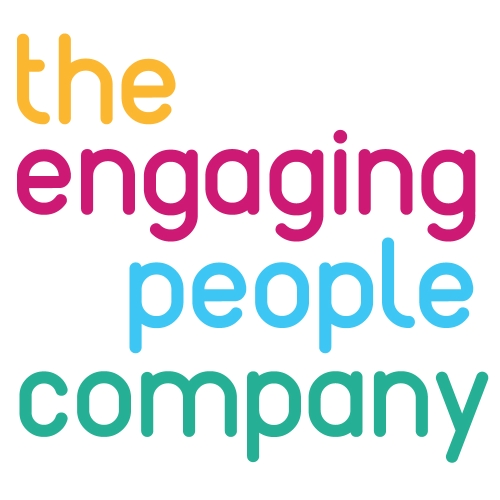As a new year dawns, many companies will be thinking ahead to the next twelve months and how to deliver business success. Leaders will be considering their strategic approaches, their business plans, and how they can put into practice activities which effect the biggest return. But its within an organisation’s people that lies the key to achieving objectives and delivering performance.
It is the people, the employees, who are the beating heart of an organisation. They are the ones who are ‘doing’ every day. They are the ones who are implementing plans, dealing with customers and putting policies and plans into practice. And to do this effectively and efficiently, and in a way that brings continuous improvement, employees must feel motivated, inspired, and empowered. They must be engaged.
Engaged employees will deliver more for an organisation and so as leaders look ahead to how to deliver their goals this year, they should consider how they are engaging their people.
Leaders need to understand their people, find out what drives them, what matters to them, and what are the barriers to them doing their job. Leaders need to listen and they can do this in a variety of ways, from managing by walking around to online surveys.
And leaders need to demonstrably use this information, making changes where appropriate, and where not, providing feedback. This knowledge and insight can provide the foundation for building a targeted engagement plan which is bespoke to the organisation and which meets the needs of employees whilst aligning with organisational goals.
Communication, in all its forms, is absolutely fundamental to building engaged workforces. It needs to be timely, clear, accessible, open, and consistent. It can be in person, online and offline. But it must happen and regularly – because mistrust builds in communication voids and this leads to disengaged and demotivated workforces.
Employees must have an opportunity to influence and make choices, for example, through a suggestion scheme. In this way, employees will feel empowered, that they can make a difference – and they will. Continuous improvement thrives in companies where employees have influence.
The role of the manager is critical, because, as we know, people will leave managers not organisations. And so they need to be equipped to engage their people. They need to have access to management development, they need to have clarity about their role, and there needs to be HR policies in place which provide a flexible framework.
Feedback is vital too, and in particular, recognition from leaders and managers. This needs to be in the moment. People need to know how they are doing as this allows them to continue to grow and develop.
Running through it all must be a tangible commitment to wellbeing, which, through appropriate engagement activities, empowers employees around self-care and being themselves at work.
And leaders need to keep listening and being aware of what is happening in their organisation. Engagement isn’t a one-off activity plan, it is ongoing, it changes, it becomes a cultural way of working.
Because through engaged, motivated, inspired people, businesses will achieve – and exceed – their goals.


Recent Comments